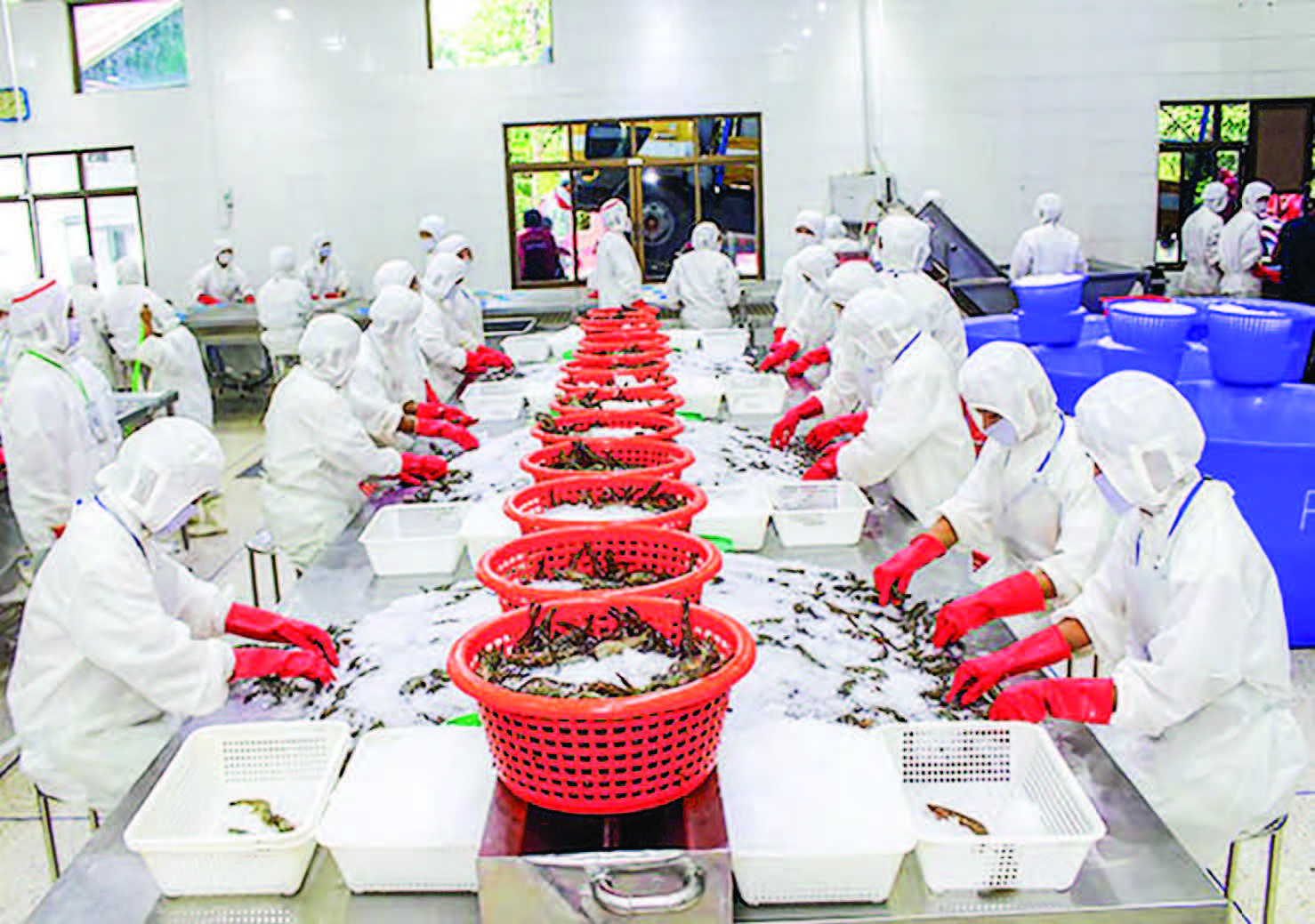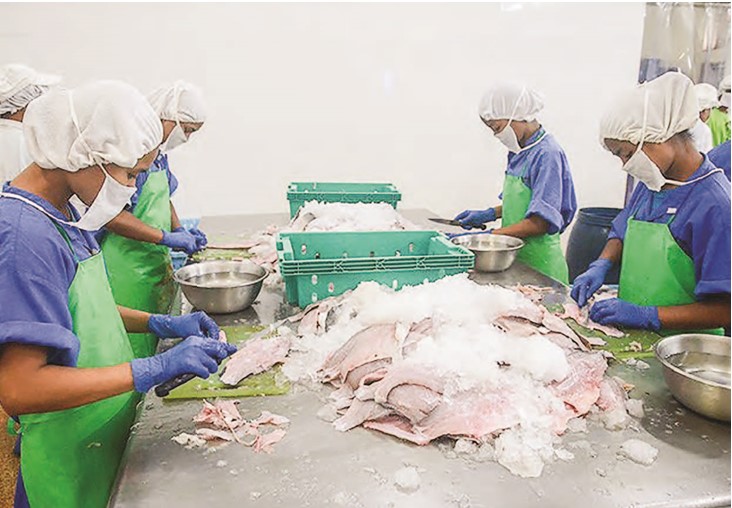18 Nov
MYANMAR fetched US$ 847.5 million from exporting over 600,000 tonnes of fisheries products during the period from 1 October 2019 to late September this financial year, an increase of some US$126 million from the yearago period, according to figures released by the Ministry of Commerce. Myanmar’s fisheries export was worth US$721.865 million during the same period last year.
The Department of Fisheries under the Ministry of Agriculture, Livestock and Irrigation set a record for foreign income from fishery exports over a period of ten years. The department is working closely in collaboration and coordination with foreign agencies such as FAO and JICA and other regional and international organizations related to fisheries in order to strengthen capacity building on improving fishery statistics collection and interpretation. The department is closely working with the fish breeders, processors and exporters to ensure Myanmar marine products meet the rules and regulations of importing countries. At the same time, fishery officials are trying utmost to conserve fishery resources as well as ensure sustainable development in the country’s fishery sector.
The Myanmar Fisheries Federation (MFF),part of the ASEAN Fisheries Federation, is trying to establish fish and prawn farming zones in cooperation with region and state governments while inviting foreign entrepreneurs to invest in the country’s fishery industry. The MFF has said modern fish farms and cold-storage facilities would be built in cooperation with some foreign countries to earn about US$3 billion from fisheries export annually. The MFF is also supporting aquaculture development in Myanmar. The MFF plans to establish fish lakes, aqua feedstuff processing factories, cold storages, and packaging factories, in cooperation with foreign companies and investors. The MFF is also seeking ways and means to explore new export markets and adopt an advanced farming system so as to boost the country’s fish and prawn farming sector.
Myanmar mainly exports prawns, crabs, squid, shrimp, dried shrimp, and dried fish to its neighbouring countries through its border trade camps.The fishery sector is considered as the most important one after the agriculture sector to provide job opportunities for Myanmar people. Fish and shrimp production industry is the second prioritized business after agriculture sector in Myanmar. Myanmar’s fishery sector has been the fourth largest contributor to the country’s GDP, and the four largest source of foreign income in the past five years.The fishery sector employs about 3.5 million people in Myanmar, roughly 6% of the Southeast Asian country’s workforce, according to a World Bank report in June 2019.There are around 248,000 acres of fish farms and 240,000 prawn farms throughout the country.
The government aims to boost the seafood sector further because it recognizes its significance for local food security, poverty alleviation and the potential contribution to foreign exchange earnings. The primary objective is to increase seafood production for domestic consumption and to export the surplus to overseas markets.The EU and North America account for about 45 per cent of Myanmar’s aquaculture exports while China and Thailand account for the remaining 55 per cent.
Myanmar’s fisheries products from the sea are mainly exported to Europe and Asian countries while freshwater products are exported to Arab countries. Myanmar’s marine products mainly go to more than 45 countries including the European Union, Saudi Arabia, Kuwait, China, Japan, Thailand, Singapore and United States. Myanmar freighted 360,000 tonnes of fishery products worth some US$502 million in the financial year 2015-2016FY, exported 430,000 tonnes of fishery products worth US$605 million in 2016- 2017FY, shipped 560,000 tonnes of marine products valued at US$711 million in 2017-2018FY, and transported 580,000 tonnes of fishery products worth around US$730 million in 2018- 2019FY, according to the statistics compiled by the ministry.
By Kyaw Htike Soe




